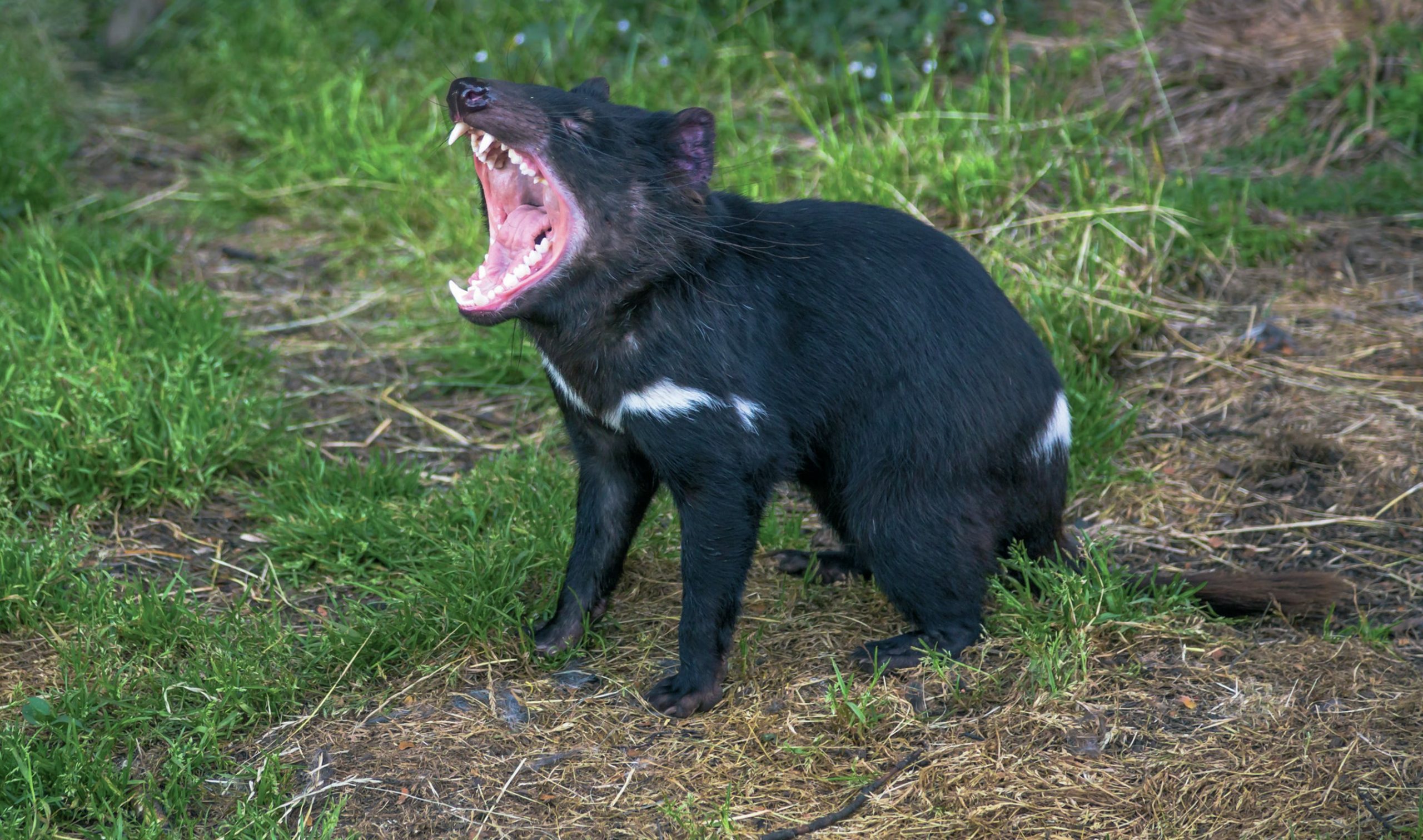
Cancer Extinction Genetic variation Inbreeding Tasmanian devil
Tasmanian devils used to be widespread on mainland Australia. However, by about 3000 years ago, their population was restricted to the island of Tasmania (see Box 1). The reason for this is unclear, but it coincided with the expansion of indigenous Australians and their dingoes across mainland Australia. Was the sudden Tasmanian devil population decline due to direct hunting by humans, competition with dingoes, or indirect effects of a rapidly expanding human population? Or was it some combination of the three? Devils had co-existed with indigenous Australians and their dingoes for over 3000 years, so another possibility is that climate change, especially the increasingly arid nature of the Australian mainland, put devil populations under pressure. This would explain why devils survived in Tasmania, as it was largely unaffected by climate change and remained cool and damp.
Your organisation does not have access to this article.
Sign up today to give your students the edge they need to achieve their best grades with subject expertise
Subscribe




